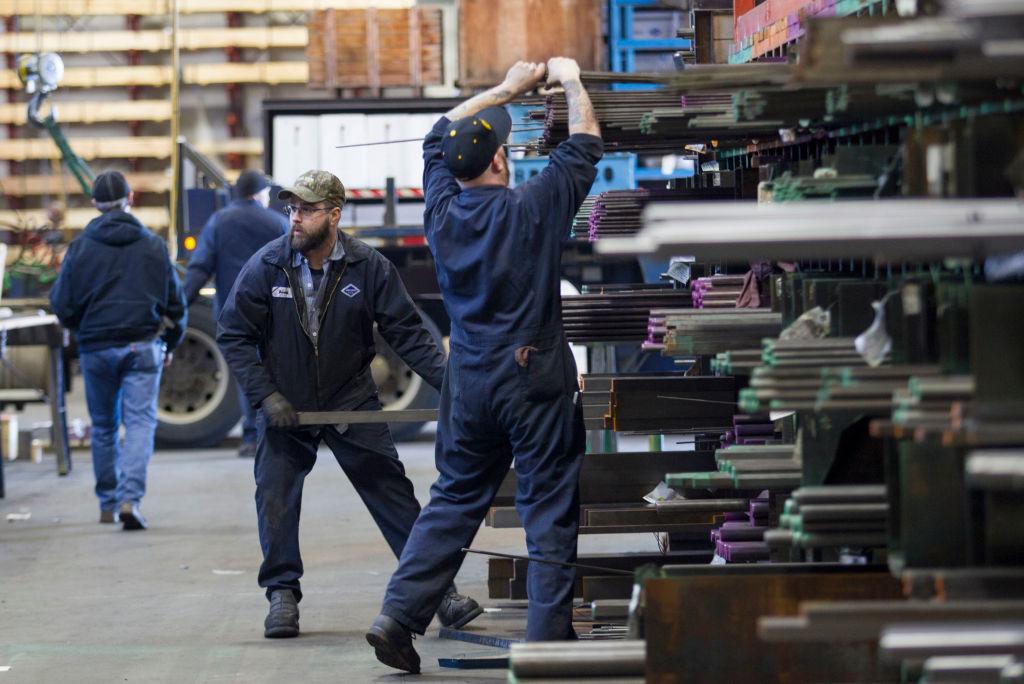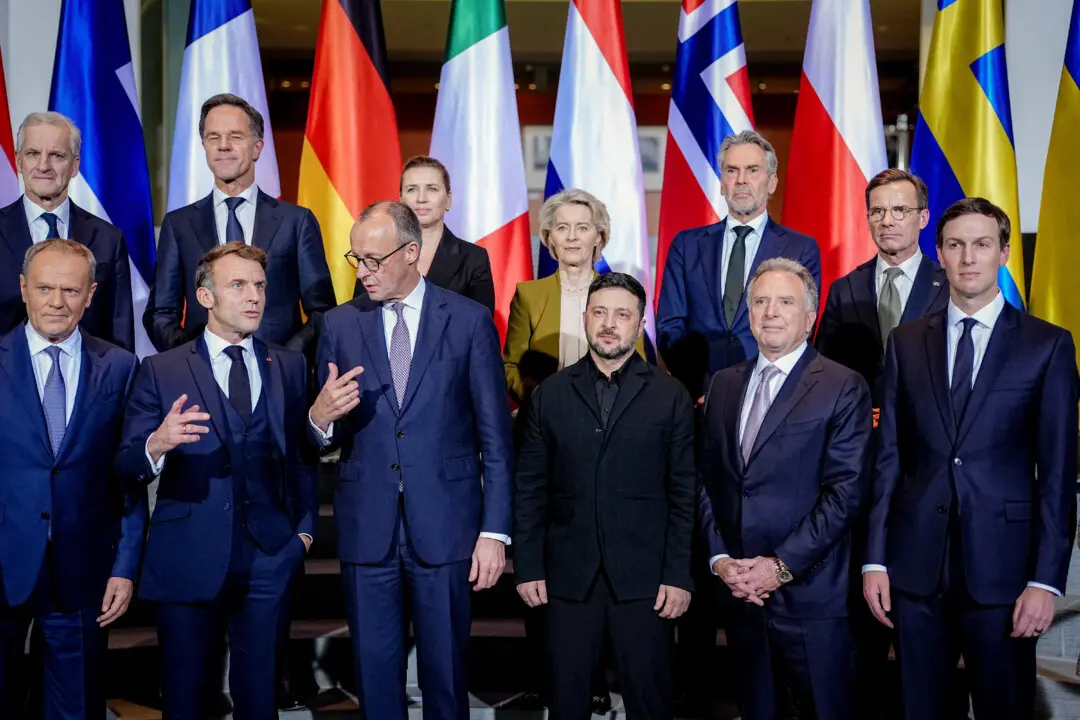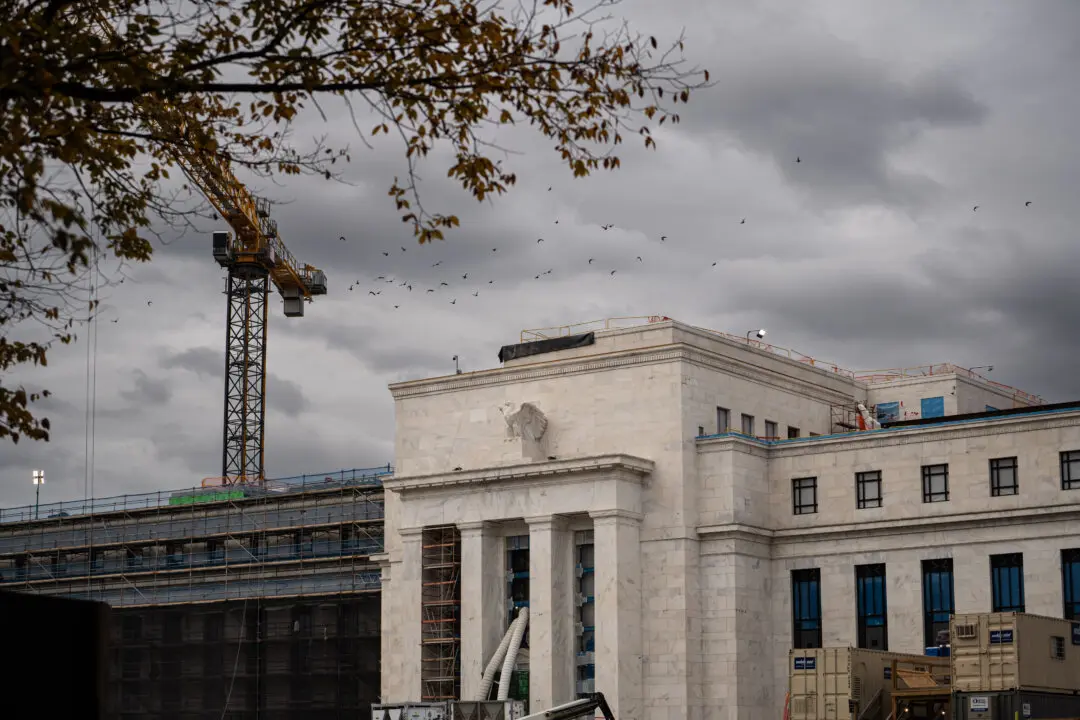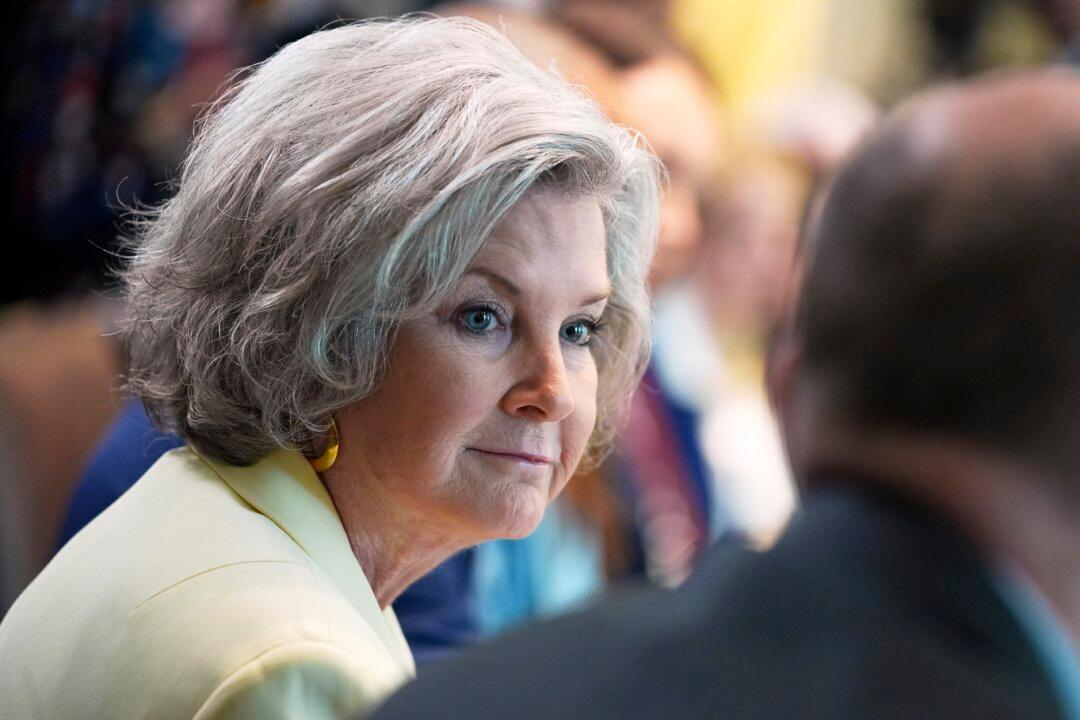WASHINGTON—The United States receives the lion’s share of the world’s foreign direct investments (FDI). Despite rising anti-globalization and protectionist sentiment, the country is expected to strengthen its reputation as the most attractive hub for international investors.
The United States remained the largest recipient of FDI in 2017, attracting an estimated $311 billion in inflows. This investment was more than double that of China, the next closest rival to the United States.





